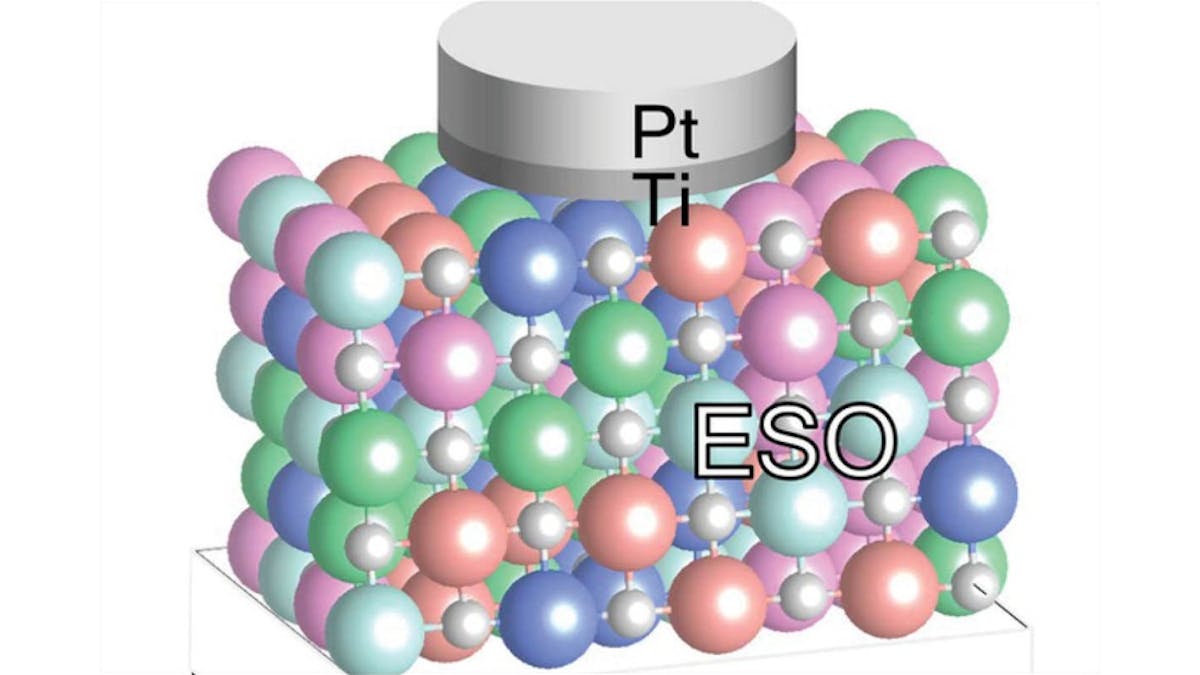"Relaxing" Memristors Could Give Future AI Systems a Major Efficiency Boost
Inspired by the way the neurons in your brain respond to time, this novel approach to reservoir computing could deliver a sixfold gain.

Researchers from the Universities of Michigan and Oklahoma, Cornell University, and the Pennsylvania State University are hoping to give future artificial intelligence (AI) systems a better sense of timekeeping — and, in doing so, deliver a sixfold boost in energy efficiency.
"Right now, there's a lot of interest in AI, but to process bigger and more interesting data, the approach is to increase the network size. That's not very efficient," argues Wei Lu, professor of engineering and co-corresponding author on the team's work. The core problem: graphics processing units (GPUs), currently used to run the lion's share of machine learning and artificial intelligence workloads, were never designed with neural networks in mind.

The team's approach, by contrast, uses memristors in a manner that mimics how the human brain's own neurons "relax," losing electrical energy over time. The result is a machine learning device, which has an inherent embodiment of the passage of time, and subsequently the promise of major energy efficiency and accuracy gains.
"We anticipate that our brand-new material system could improve the energy efficiency of AI chips six times over the state-of-the-art material without varying time constants," claims co-first author Sieun Chae of the team's work, which uses a superconductor YCBO (yttrium, barium, carbon and oxygen) as its base then mixtures of magnesium, cobalt, nickel, copper and zinc oxides to create the memristors themselves.

"So far, it's a vision," John Herron, professor of materials science and engineering and co-corresponding author, admits of the project, "but I think there are pathways to making these materials scalable and affordable. These materials are earth-abundant, nontoxic, cheap and you can almost spray them on."
The team's work has been published in the journal Nature Electronics under closed-access terms; simulation code showing the memristors being used to drive a reservoir computing device capable of speech recognition is available from the corresponding authors "upon reasonable request."
Freelance journalist, technical author, hacker, tinkerer, erstwhile sysadmin. For hire: freelance@halfacree.co.uk.

